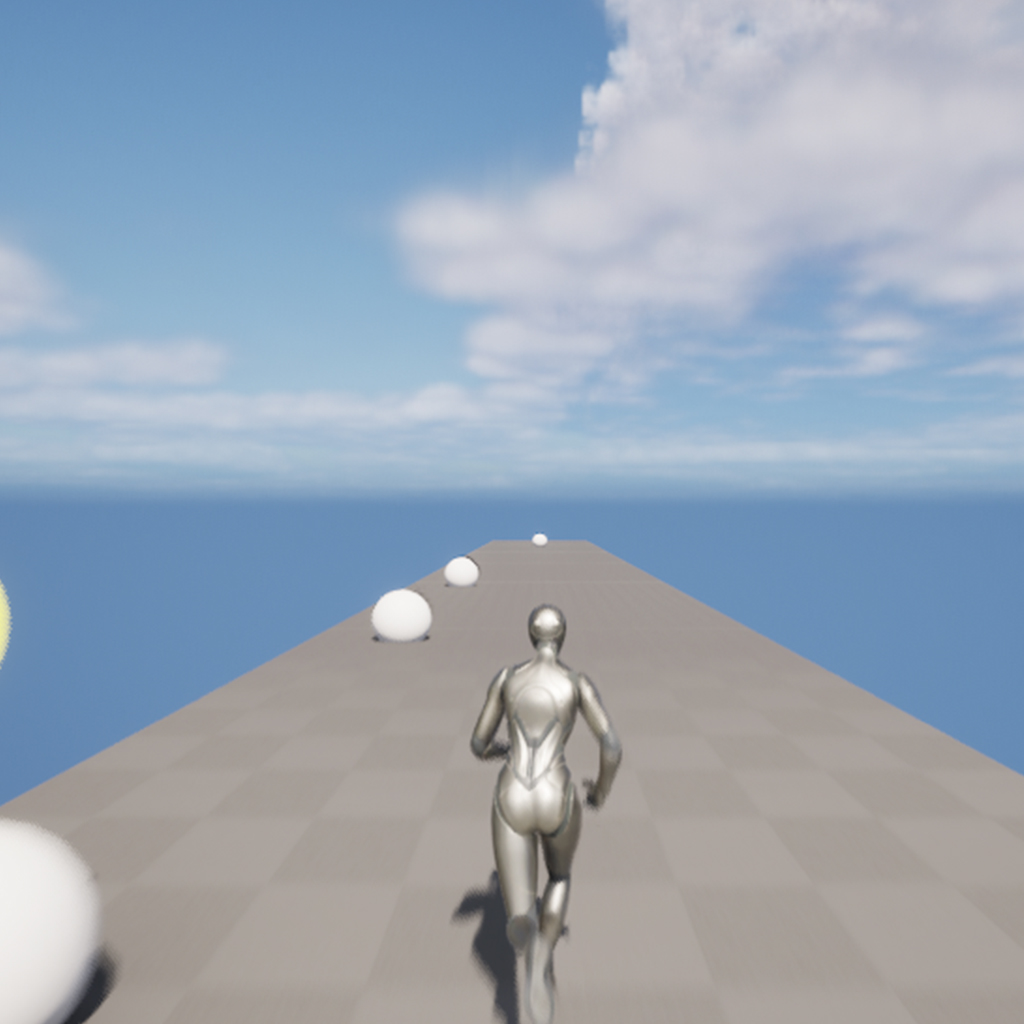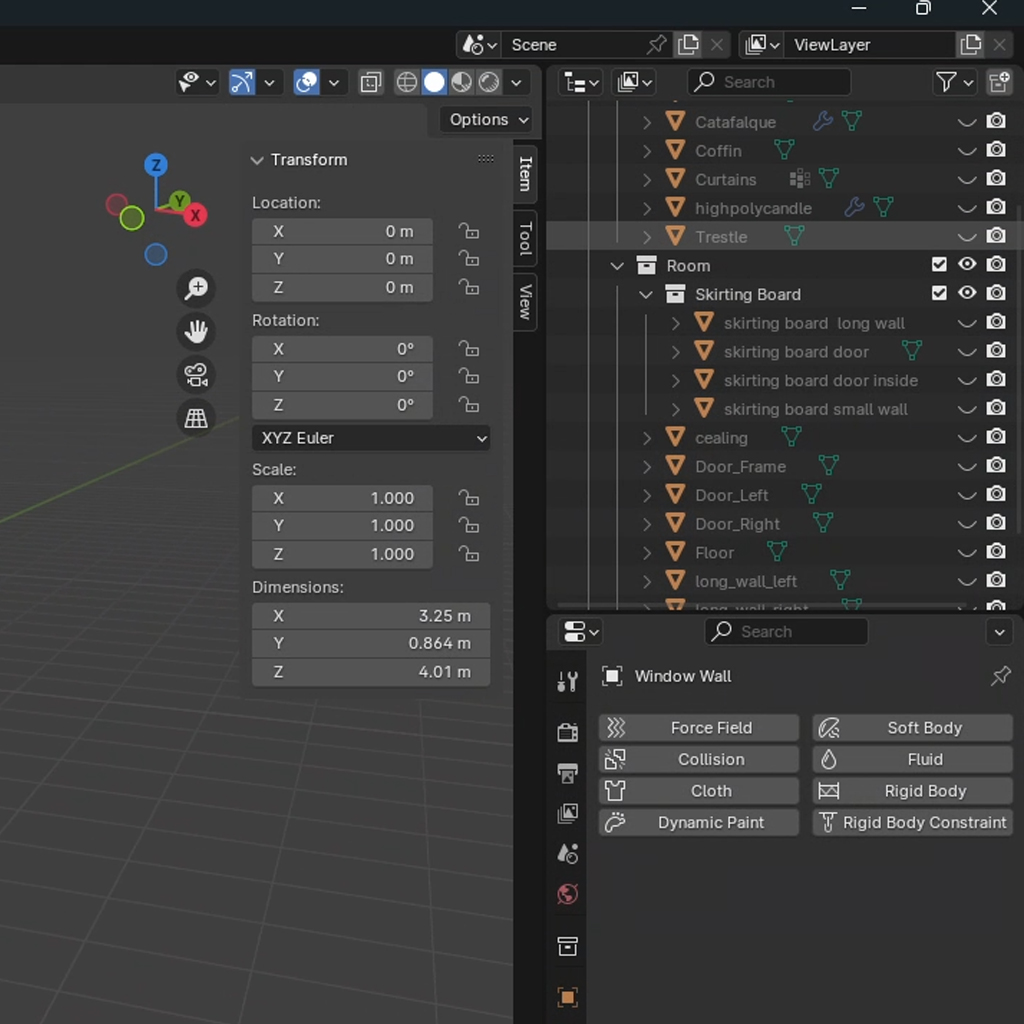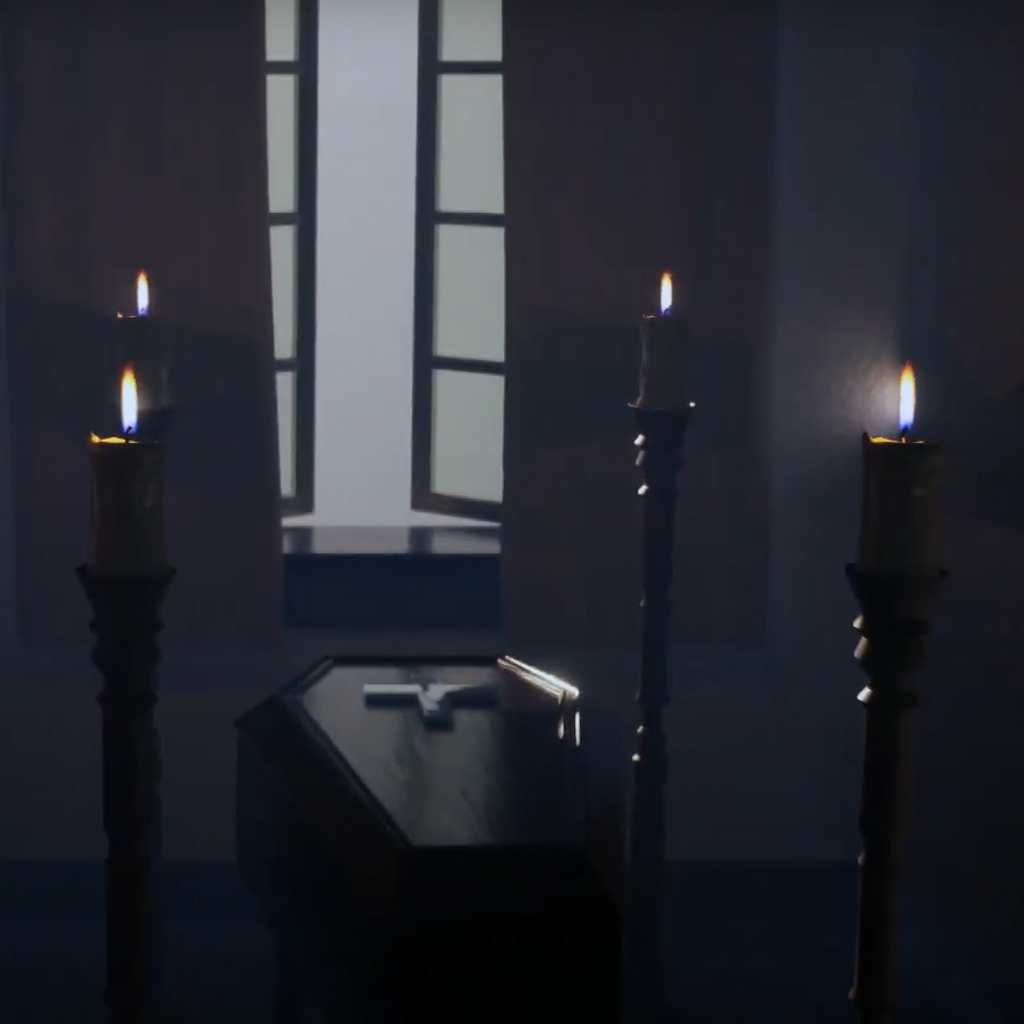Navigating the realms of Game Art and Design education within further education (FE) presents a unique set of challenges, given the industry’s fiercely competitive edge. My tenure as a Course Leader has been a profound journey of growth, marked by notable achievements and ambitious visions for the future. This narrative shares the essence of this expedition — the hurdles we’ve overcome, our notable triumphs, and the horizon we aim to reach.
Growth Backed by Unyielding Support
Embarking with modest beginnings, our course initially welcomed 10 to 12 eager learners. This number has since swelled to over 30, thanks to the relentless support of the team. This growth is not just a number; it represents our collective commitment, the quality of education we deliver, and our unwavering resolve to nurture future game designers and artists.
A Milestone Decision and Its Impact
Transitioning from part-time to a full-time role was a watershed moment, made possible through in-depth discussions with esteemed colleagues. These dialogues, centered on our pursuit of excellence, culminated in a unified vision and a clear path forward. Their endorsement of my proposals for course enhancements has significantly shaped our curriculum and delivery.
Committing to Excellence through Resources
Championing excellence necessitated full autonomy over course-related decisions and a significant investment in cutting-edge hardware. The response from the management was not just supportive but enthusiastic, demonstrating their trust in our vision. This investment has revolutionised our learning environment, ensuring our learners have access to the best tools in the industry, thus fostering both technical prowess and creativity.
Beyond Technical Skills: Fostering Transferable Competencies
Our curriculum transcends technical skill training, emphasizing the criticality of transferable skills in today’s game industry. We weave marketing, project management, and effective communication into our teachings, preparing our learners to excel not just as artists and designers but as holistic professionals in the game development ecosystem.
Industry Connections: Bridging Education and Professional Realms
Our active participation in industry events and collaborations with professionals like John Stopforth from Escape Technology and Phil Foxton from Radical Forge has enriched our curriculum with real-world relevance. These partnerships have not only aligned our teachings with industry standards but have also opened doors for our learners, connecting them with the broader game development community.
The Value of Guest Speakers and Internships
The industry stalwarts and guest speakers who grace our classrooms offer invaluable insights, broadening our learners’ perspectives and preparing them for the competitive landscape of Game Art and Design. While securing internships remains a challenge, we’re committed to simulating real-world experiences, ensuring our learners are well-equipped for their professional journeys.
Adapting to Evolving Industry Demands
Keeping pace with industry innovations, we’ve embraced tools like Blender and Unreal Engine, positioning our learners at the forefront of game art and design. Our status as an Unreal Academic Partner further enhances our curriculum, providing learners with the latest insights and skills.
The Journey Towards University and Beyond
Our focus extends beyond immediate educational outcomes; we’re deeply invested in our learners’ long-term success. Through university collaborations, we offer a glimpse into the future, inspiring our learners to pursue their passions with vigor and determination.
Embracing Diversity and Inclusion
Our commitment to creating an inclusive learning environment has seen a positive shift in gender diversity and the representation of LGBTIQA+ learners. This diversity enriches our course, fostering a culture of acceptance, creativity, and mutual respect.
Looking Forward: Continuous Engagement and Innovation
I eagerly anticipate sharing more insights, especially on the integration of artificial intelligence (AI) in Game Art and Design education. Our commitment to staying abreast of educational technologies and methodologies remains unwavering, as we continue to prepare our learners for the ever-evolving demands of the industry.
In closing, this journey of teaching Game Art and Design has been incredibly fulfilling, punctuated by growth, support, and a shared vision of excellence. As we look to the future, our commitment to innovation, collaboration, and learner success continues to be the guiding light of our program.
Disclaimer: The perspectives shared in this article are my own and may not necessarily represent the views of the affiliated institutions. This document has been reviewed for clarity and coherence with the assistance of ChatGPT, an AI-powered writing tool.




Leave a comment